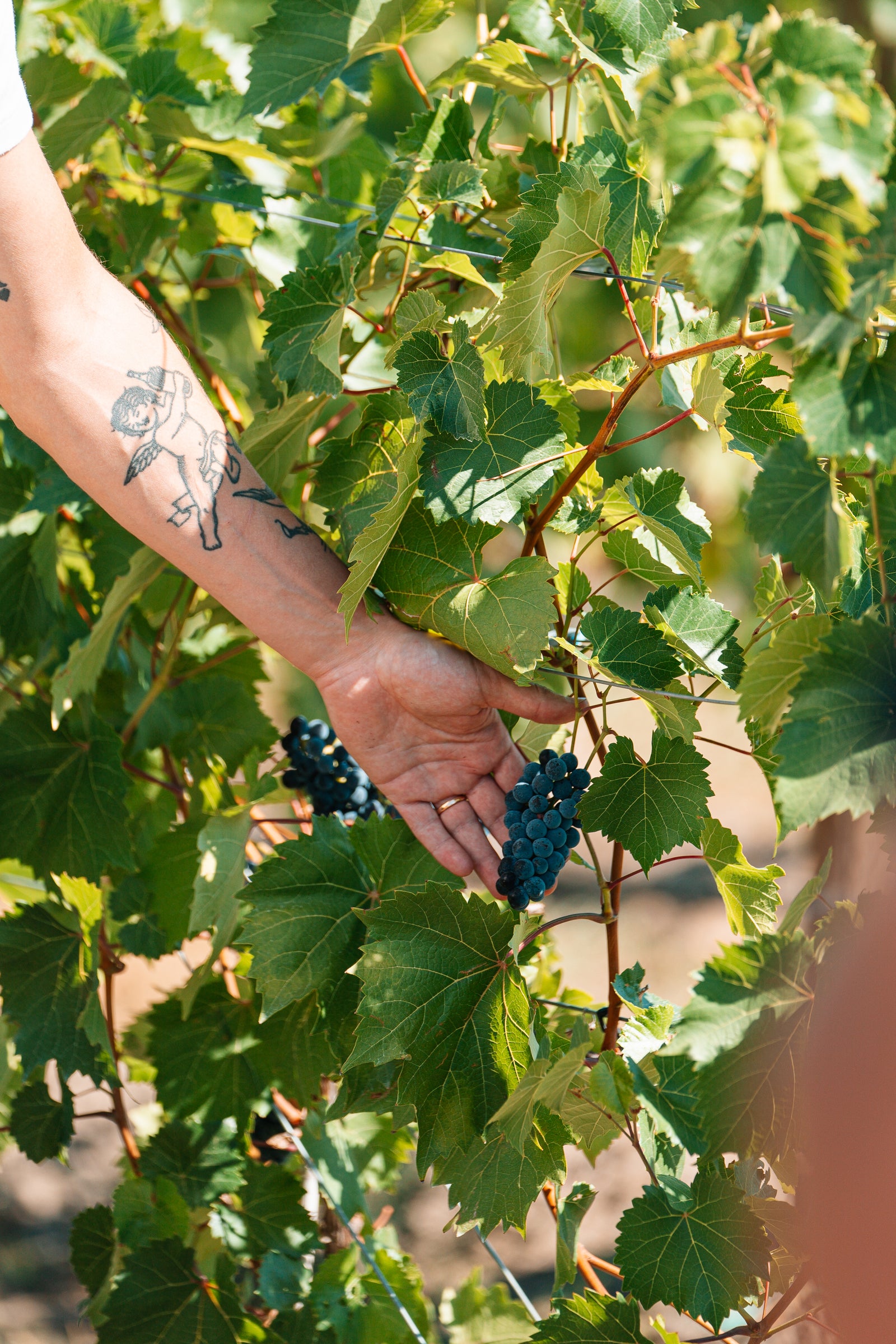2024 Vineyard Update

Between the 11th and the 13th of January, we experienced an intense cold snap. The temperature dropped rapidly from around 0°C to below -20°C within a 24-hour period, which is exceptionally fast. These freezing conditions persisted below -18°C (the threshold for vine damage) for a prolonged period of 57 hours, which is unusually lengthy. In our vineyards, the minimum temperatures recorded were -25.3°C at Crown, -26.9°C at Black Swift, and -27.7°C at Tallus Ridge. Throughout the valley, minimum temperatures ranged from -24°C in Osoyoos to -30°C in Keremeos and Vernon.
What are the consequences for the vines?
Vinifera varieties, which are predominantly cultivated across the valley, typically begin to suffer damage when temperatures fall below -18°C. While certain varieties exhibit more resilience to cold stress (such as Pinot Noir or Riesling compared to Syrah or Grenache), the general threshold is around -23°C. This year, temperatures dipped below this critical point and persisted for an extended duration, resulting in heightened damage.
The buds carrying the fruit sustained severe damage throughout the valley, with nearly 100% mortality observed across all varieties. This level of damage is exceptionally rare and underscores the severity of this year's cold event. By comparison, during last year's cold spell, our vineyards experienced roughly 30-40% bud survival. Consequently, we should not expect any fruit yield this year, whether from our own vineyards or those of our growers.
Additionally, we're witnessing damage to the vascular systems in the canes and trunks, a phenomenon absent in the previous year. Without proper vascular function, vines are unable to absorb water and nutrients or transport essential sugars for growth. While vines possess resilience and will likely regrow from the base of the trunks, it's imperative that we prioritize vine health over crop production this year.
What about future years?
There is a possibility of vine death in certain areas of the valley, particularly among the less hardy varieties and in regions where temperatures plummeted to their lowest levels. However, the majority of vines are expected to recover. The extent of recovery will depend on the severity of vascular damage, with some vines potentially regaining productivity and yielding a decent crop next year, while others may require several years to fully recover. We anticipate gaining more insight into the outlook for future years during the spring and summer seasons.
- Selma Le Gallou
JPC Viticulturist/Vineyard Manager


Leave a comment